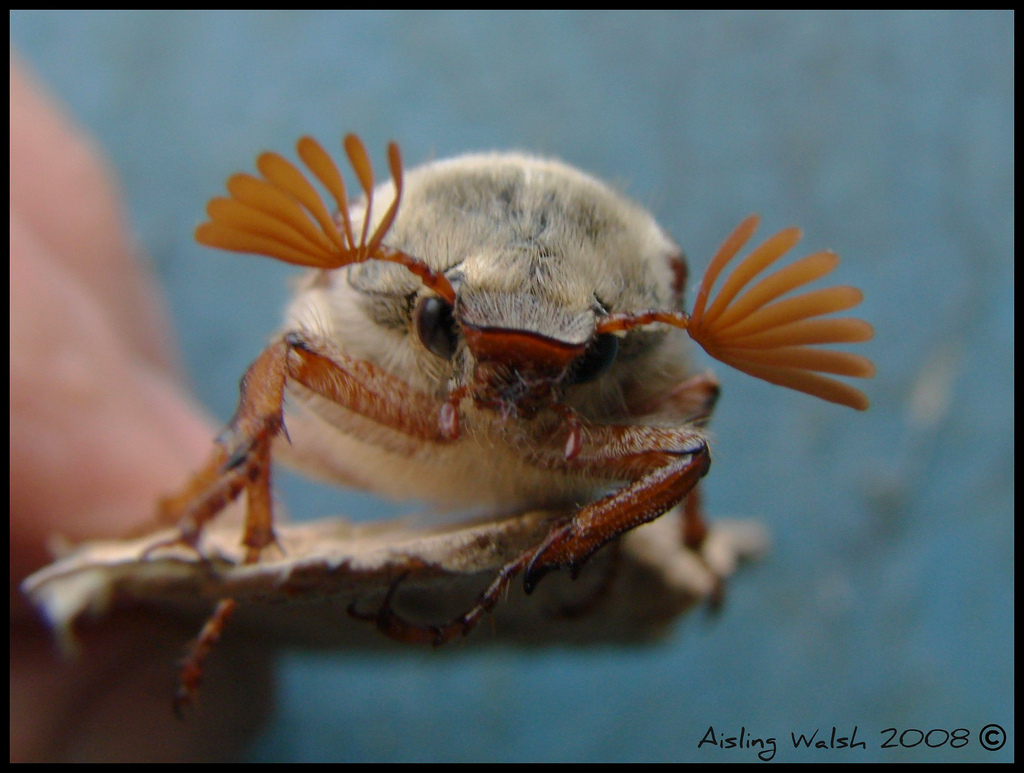Ireland has more than 73,000 km of river channels. Three-quarters of these channels are very small streams that typically flow into larger rivers. The national monitoring programme assesses the quality of over 13,000 km of main channels across the country. Macroinvertebrates are tiny animals without backbones; for example, insects, snails and worms. They have been widely used to assess water quality and the general health of rivers since the 1970s.
The Environmental Protection Agency (EPA) carries out a biological assessment of most river channels in the country on a regular basis. The assessments are used to derive Q values, indicators of the biological quality of the water. The biological health of a watercourse provides an indication of long term water quality. Great importance is attached to the EPA biotic indices, and consequently it is these data that are generally used to form the basis of water quality management plans for river catchments.
Based on the EPA data[1] (2014-2017) published in November 2018, 1,298 (56%) of the river water bodies were in high or good biological quality. The remaining 1,018 (44%) river water bodies were of moderate (Q3-4), poor (Q3, Q2-3) or bad quality (Q2, Q1-2, Q1). EPA Q-value classification system and its relationship to water quality

Using this same methodology used by the EPA, Ash Ecology and Environmental is able to carry out such water quality assessment of rivers where required. This may be on a yearly monitoring basis for EPA licensed facilities or other project where river quality needs to be monitored for any deterioration.
Contact us now for a competitive quote for Water Quality Q-Value Assessments to be carried out.
[1] Trodd, W. & O’Boyle, S. (2018) Water Quality in 2017: An Indicators Report. Environmental Protection Agency Ireland
